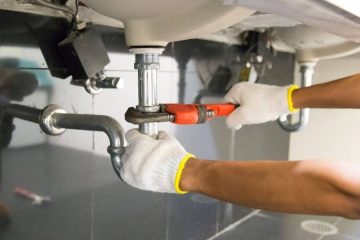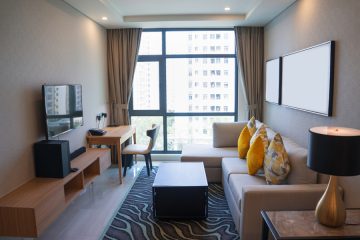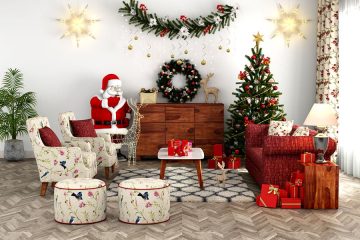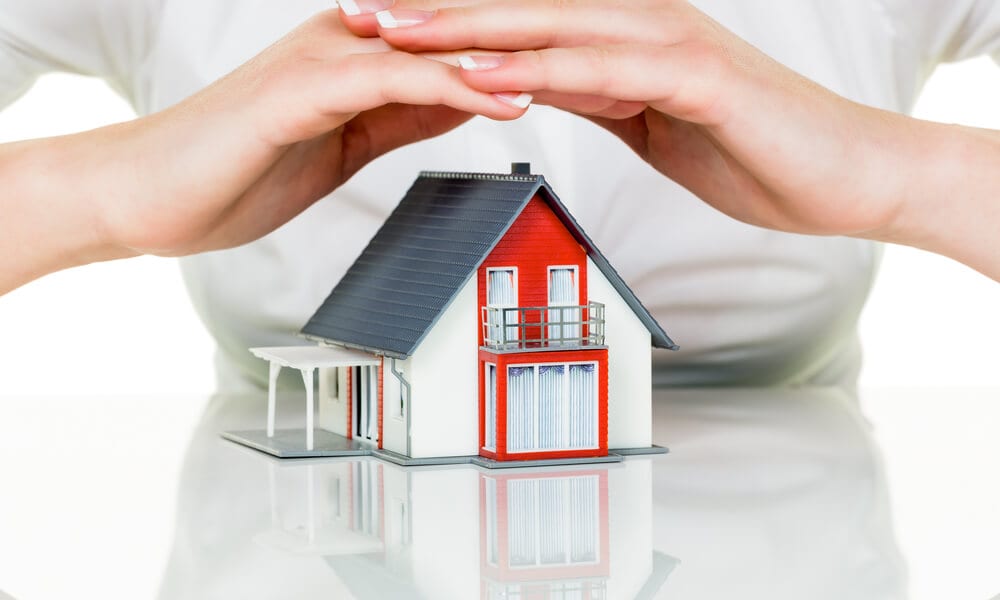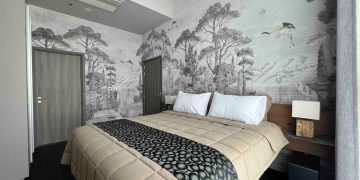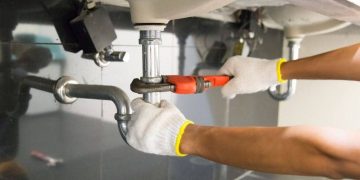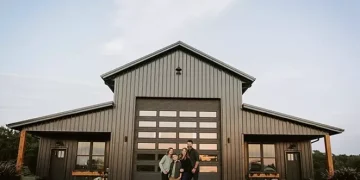Why WPC Flooring is the Future of Sustainable Interiors
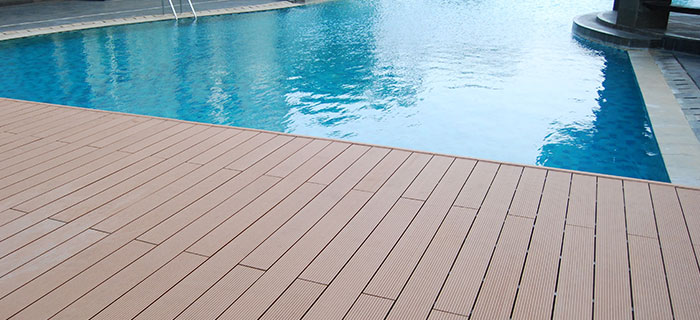
As homeowners and designers increasingly focus on sustainability, WPC flooring (Wood Plastic Composite) has emerged as a top choice for modern interiors. Combining the natural appeal of wood with the resilience of plastic, WPC flooring is redefining eco-friendly design. In 2025, this innovative material is not only stylish but also practical, offering a perfect balance of aesthetics, durability, and environmental consciousness. From residential spaces to commercial interiors, WPC is becoming a preferred solution for those who want sustainable flooring without compromising on quality.
What is WPC Flooring?
WPC flooring is made by combining wood fibers and thermoplastics, resulting in a composite material that mimics the appearance of hardwood but offers superior performance. Unlike traditional wood, WPC is highly resistant to moisture, termites, and warping, making it ideal for high-humidity areas such as kitchens, bathrooms, and basements. The manufacturing process also allows for a wide range of textures, colors, and finishes, giving designers and homeowners creative freedom. This combination of durability and style is a key reason why WPC is gaining popularity in sustainable interior design.
Sustainability Benefits of WPC Flooring
One of the most compelling reasons WPC flooring is considered the future of interiors is its eco-friendly profile. The material often incorporates recycled wood and plastic, reducing waste and minimizing the environmental impact. Unlike traditional hardwood, WPC does not require cutting down mature trees, which preserves natural forests. Moreover, WPC is low-maintenance and long-lasting, reducing the need for frequent replacements, which further lowers its carbon footprint. With growing awareness about climate change and resource conservation, eco-conscious homeowners are increasingly turning to WPC as a responsible flooring choice.
Durability and Practicality
Apart from being sustainable, WPC flooring is also highly durable and practical, which is essential for modern interiors. Its moisture-resistant core makes it perfect for areas prone to spills or humidity. Unlike traditional wood, WPC does not swell or warp when exposed to water, ensuring that your interiors remain flawless over time. Additionally, WPC is scratch-resistant and easy to clean, which makes it ideal for both homes with children and high-traffic commercial spaces. Its resilience combined with aesthetic appeal is transforming the way people approach interior flooring.
Design Flexibility
WPC flooring offers unmatched design versatility, which is why interior designers are embracing it for sustainable projects. Available in a wide variety of finishes, colors, and textures, WPC can replicate the look of exotic hardwood, stone, or even concrete. Some WPC planks feature embossed textures that mimic natural wood grains, giving floors a realistic and luxurious appearance. Designers can mix patterns and shades to create unique layouts, allowing for creativity without compromising on sustainability. This adaptability ensures that WPC fits seamlessly into both contemporary and traditional interiors.
Cost-Effectiveness
Another advantage that makes WPC flooring the future of interiors is its cost-effectiveness. While initial installation costs may be slightly higher than laminate, WPC flooring outperforms in terms of longevity and low maintenance. Homeowners save money in the long run because the flooring does not need frequent replacements, polishing, or refinishing. Additionally, WPC can be installed over most existing subfloors, reducing preparation costs and installation time. For individuals seeking a balance between sustainability, quality, and budget, WPC emerges as an intelligent choice.
Health and Safety Benefits
Sustainability is not just about the environment; it also involves creating healthy living spaces. WPC flooring is often free from harmful chemicals like formaldehyde, VOCs, or toxic adhesives commonly found in other synthetic flooring materials. This makes it safer for families, especially in homes with children or elderly members. Its anti-slip surface further enhances safety, reducing the risk of accidents. By choosing WPC, homeowners are investing in flooring that is both environmentally responsible and health-conscious.
WPC Flooring in 2025: Trends to Watch
As we move further into 2025, WPC flooring is expected to dominate the sustainable interiors market. Key trends include wide-plank designs, multi-textured finishes, and integration with underfloor heating systems. Manufacturers are also focusing on recycled and renewable materials, making WPC even more eco-friendly. Smart homes are pairing WPC floors with sensors and lighting systems to enhance ambiance and functionality, demonstrating the material’s adaptability to future interior innovations.
Conclusion
WPC flooring represents a perfect synergy of sustainability, durability, and design versatility. Its eco-friendly composition, resistance to moisture, long lifespan, and aesthetic flexibility make it an ideal choice for modern interiors in 2025. Whether you are renovating a home or designing a commercial space, WPC offers a responsible, practical, and stylish flooring solution. As more people prioritize environmentally conscious living, WPC flooring Abu Dhabi is not just a trend—it’s the future of sustainable interiors.

